Food
The Palatibility of Tadpoles
In 1970, biologist Richard Wassersug conducted a study to determine what different kinds of tadpoles taste like. More specifically, whether some taste worse than others. He convinced 11 grad students to be his tadpole tasters.The most distasteful tadpole was Bufo marinus, while the most palatable ones were Smilisca sordida and Colostethus nubicola.
This confirmed his hypothesis that the most visible tadpoles were the least palatable. Their bad taste deterred predators from eating them, whereas the better tasting tadpoles relied on concealment to avoid being eaten.
Thirty years later, Wassersug was awarded an Ig Nobel Prize for this research.
More info: "On the Comparative Palatibility of Some Dry-Season Tadpoles from Costa Rica"

Richard Wassersug poses with a frog
image source: University of Chicago
Posted By: Alex - Thu Sep 29, 2022 -
Comments (2)
Category: Food, Science, Experiments
Gravy Wrestling
The BBC reports that, after a two-year absence due to Covid, the World Gravy Wrestling Championship has returned.More info: World Gravy Wrestling
Posted By: Alex - Thu Sep 15, 2022 -
Comments (0)
Category: Food, Sports
Miss Cranberry 1972
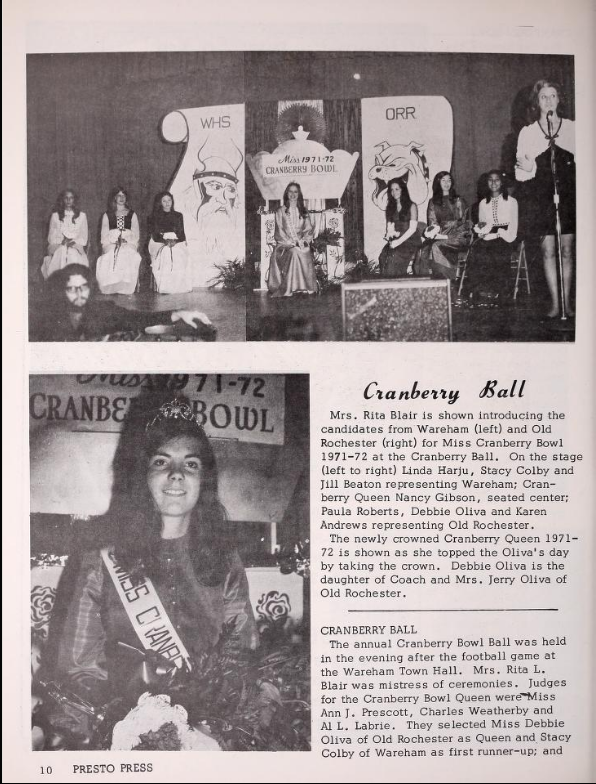
Source
Posted By: Paul - Fri Sep 02, 2022 -
Comments (0)
Category: Awards, Prizes, Competitions and Contests, Beauty, Ugliness and Other Aesthetic Issues, Food, Regionalism, 1970s
Meat Homogenate
For a mere $1,064 one can buy four cans of something called "meat homogenate" from the U.S. government's National Institute of Standards and Technology.
The stuff is edible. The NIST website describes it as "a mixture of pork and chicken products blended together in a commercial process." However, it's not actually supposed to be eaten. It's sold as "standard reference material." All the nutrients in it (fatty acids, cholesterol, calories, vitamins, etc.) have been carefully measured. So companies can buy it and use it to calibrate their own equipment used to measure the nutrients in the food they sell. The high cost of the meat homogenate reflects the work done to measure the nutrients. Not the food itself.
However, I think the NIST should sell 'meat homogenate' labels as a gag gift, and people could put them on their own cans. I wouldn't mind having a few cans of meat homogenate in the pantry to impress guests.
The NIST also sells three jars of peanut butter for $1,069.
Posted By: Alex - Mon Aug 22, 2022 -
Comments (5)
Category: Food, Nutrition, Government
Miss Wisconsin Cheese
Marvene Fischer won the title of Miss Wisconsin in 1948. The Armour food company then decided to name a brand of cheese 'Miss Wisconsin' in her honor. It simultaneously hired her to serve as the traveling ambassador for the brand. In this position, she became known as Miss Wisconsin Cheese.She ended up working for nine years as Miss Wisconsin Cheese. During this time she reportedly traveled more than two million miles in 48 states, visited more than a thousand towns, and distributed over 15 tons of cheese samples in more than 8000 food stores.

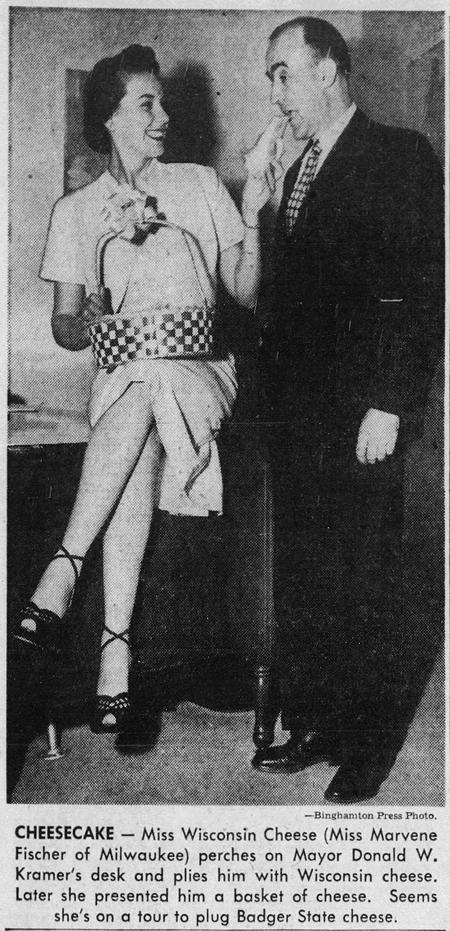
Binghamton Press and Sun-Bulleting - June 6, 1951
Here are some more details about her job from the Portage Daily Register (Dec 21, 1953):
She is greeted by mayors, governors, senators, congressmen, movie stars, chiefs of police, food editors, currently reigning local beauty queens, and other assorted celebrities.
Most of these meetings are highlighted by a formal presentation of a basket of cheese by Miss Fischer in exchange for a gift symbolic of the city being visited. She has received roses, posies, rhododendrons, wine, fruit, foam rubber pillows, cake, and Indian headdress, and any number of giant keys of the city. In St. Joseph, Mo., she was made a deputy sheriff. At the Rockingham Park race track, Miss Wisconsin Day was proclaimed in her honor. In San Francisco, she toured a submarine, and the event was officially publicized by the U.S. Navy.
Miss Fischer takes all this gracefully, in fact gives a continuous impression that it's all a lot of fun. Actually, a lot of good hard salesmanship is involved.
Miss Fischer does most of her traveling by air and prefers to travel alone. She says she has no need for a chaperone. "Why I have about 65,000 chaperones — all Armour employees," she says.
Glamour may be fleeting, figures Miss Fischer, but cheese is here to stay.
Unfortunately I haven't been able to find many details about what became of Marvene Fischer after her time as Miss Wisconsin Cheese. The only info I came across was a listing for a Marvene Fischer, age 94, living in Wisconsin. About the right age, and living in the right state — so I'm guessing it's her.

Miss Wisconsin Cheese in Denver, 1949
Posted By: Alex - Sun Aug 21, 2022 -
Comments (3)
Category: Awards, Prizes, Competitions and Contests, Food, Jobs and Occupations, 1940s
Lactation Cookies
'Lactation Cookies' are cookies that supposedly help to boost milk production in nursing mothers. Recipes vary, but the main ingredient seems to be oatmeal. So, they're essentially oatmeal cookies.I heard about them for the first time yesterday, but they've been around for a number of decades. The oldest reference to them I could find was in a 1974 zoo keepers journal discussing ways to increase milk production in orangutans. However, interest in them has spiked in the last decade, and there are now bakeries that specialize in making them, such as here and here.

Do lactation cookies actually work? The jury is still out on that question. Wikipedia, in its article on galactogogues (lactation inducers), notes that "Herbals and foods used as galactogogues have little or no scientific evidence of efficacy." But on the other hand, what harm can an oatmeal cookie do? And maybe they'd work via the placebo effect.
Incidentally, Guinness beer has also long been rumored to induce lactation and was often given to nursing mothers in Ireland.
Posted By: Alex - Thu Aug 04, 2022 -
Comments (5)
Category: Babies, Food, Body Fluids, Pregnancy
Sexy TV Showering
Surprised this passed the censorship of the times, as it's just one step away from having the (presumed, but never explicitly stated) husband and wife sharing the same shower stall.
Posted By: Paul - Fri Jul 29, 2022 -
Comments (1)
Category: Food, Hygiene, Sexuality, Public Indecency, Husbands, Wives, 1970s
Kosher Pet Food
This is not a religious concern that had previously appeared on my radar.Read the whole article here.
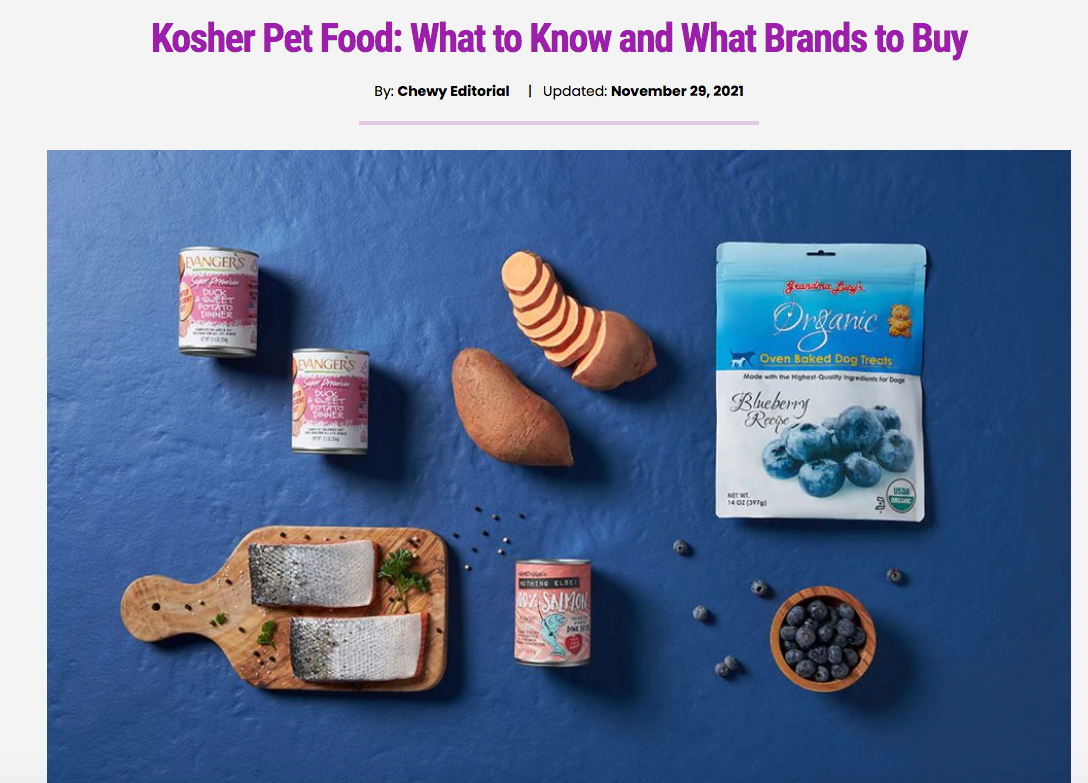
Posted By: Paul - Sun Jul 24, 2022 -
Comments (3)
Category: Food, Pets, Religion
Velveeta Nail Polish
A new shade of nail polish from Nails.INC which promises that "the cheese scent will appear when fully dry."That doesn't sound like a good thing.
And of course, there's the obligatory warning: "While our polish is cheese-scented, it is (unfortunately) not made of VELVEETA. Please don’t eat it."
More info: nailsinc.com

Posted By: Alex - Sun Jul 03, 2022 -
Comments (2)
Category: Fashion, Food
The Good Book Cookbook
Not a lot of nouvelle or fusion or fast-food cuisine in this volume. (Read it here.)I did a search for "locusts" within the book, but no recipes, with honey or otherwise. However, you can source them here, at Biblical Protein.
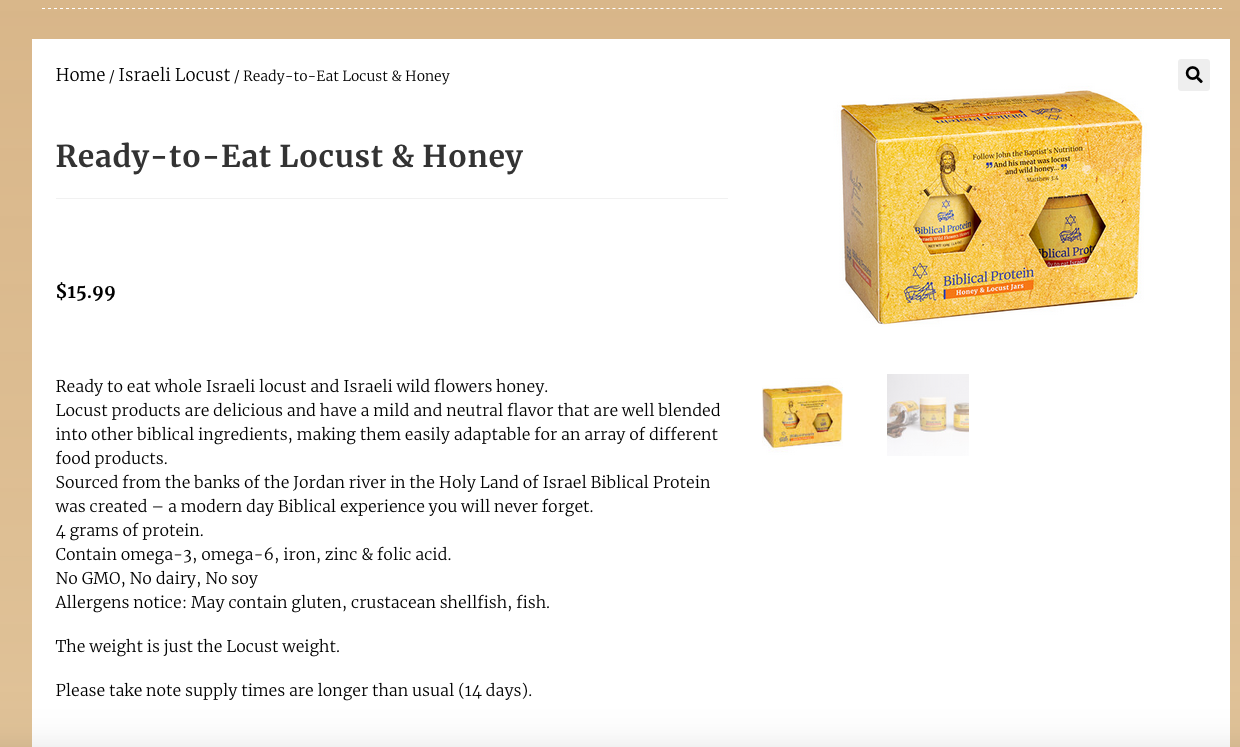


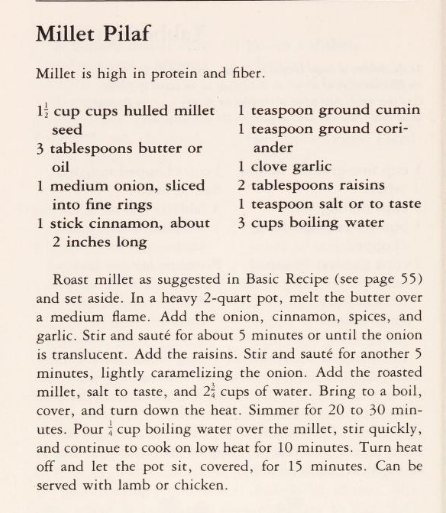
Posted By: Paul - Wed Jun 22, 2022 -
Comments (0)
Category: Food, Nutrition, Cookbooks, Religion, 1980s

| Who We Are |
|---|
| Alex Boese Alex is the creator and curator of the Museum of Hoaxes. He's also the author of various weird, non-fiction, science-themed books such as Elephants on Acid and Psychedelic Apes. Paul Di Filippo Paul has been paid to put weird ideas into fictional form for over thirty years, in his career as a noted science fiction writer. He has recently begun blogging on many curious topics with three fellow writers at The Inferior 4+1. Contact Us |




